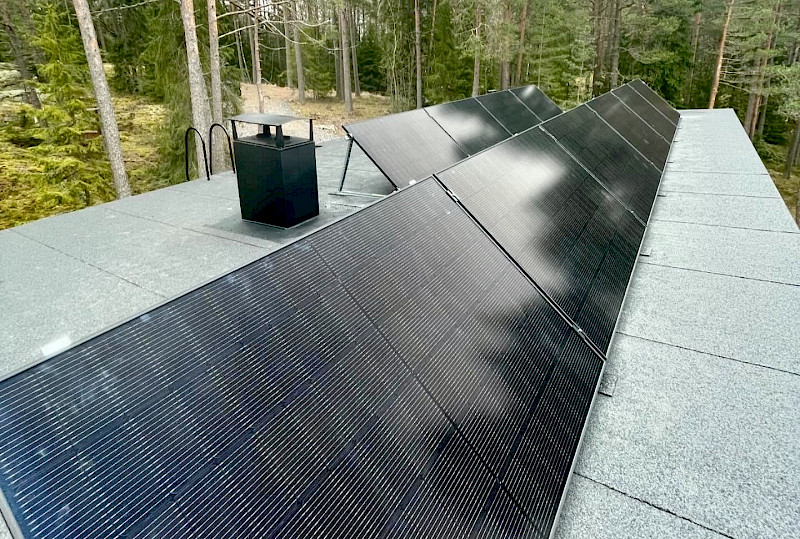A solar system can be sized in different ways depending on the goal, to maximize financial return or to generate as much electricity as possible. If you’re aiming for financial benefit, avoid oversizing the system, since using the electricity at home is usually more profitable than selling excess power to the grid.
Solar panel dimensions: approx. 1.72 m x 1.13 m
One solar panel is roughly 1.72 meters high and 1.13 meters wide. Panel sizes may vary by brand and capacity, so check the exact measurements for the model you choose.
Multiple panels are installed on the roof, and our experts will assess your site before installation.
The number of panels depends on several factors:
- How much electricity output do you want?
- What type of panel is selected?
- How much suitable roof space is available?
- In which direction can the panels be installed?
Solar panel capacity is expressed in watts peak (Wp) or kilowatts peak (kWp)
Typical residential solar panels have a peak power rating between 400–450 Wp. The actual performance depends heavily on the panel type, its technical features influence real-world output, even when the peak power rating is the same.
A typical residential system consists of around 10 to 20 panels. The system’s total peak capacity is measured in kilowatts peak (kWp), where 1 kWp = 1,000 Wp. So ten 400 Wp panels add up to 4,000 Wp, or 4 kWp.
Actual energy output is measured in kilowatt-hours (kWh)
Keep in mind that peak power reflects nominal performance under standard conditions. In real conditions, that level is rarely reached.
A 400 W panel typically generates around 350–380 kWh per year. So a 10-panel system would produce approximately 3,500–3,800 kWh annually.
